Noah’s Ark |
|
|---|---|
3rd March 2013 |
|
| Following an invitation from the Right Worshipful Master of Lincolnshire Brother Trevor Walker our Right Worshipful Provincial Grand Master Peter Connolly and our Secretary Worshipful Brother Geoffrey Lee accepted an invitation to visit Noah’s Ark in Rotterdam Holland. | |
| Our intrepid pair of explorers with their wives duly set out on Sunday the 3rd March and upon arriving at the ferry terminal in Hull met the Mark Masons from Lincolnshire. | |
| After a splendid evening dinner with the brethren from Lincolnshire and avoiding the casino, our intrepid pair retired to their cabins for the evening. Fortunately the sea was very calm and the sail overnight to Rotterdam proved uneventful. | |
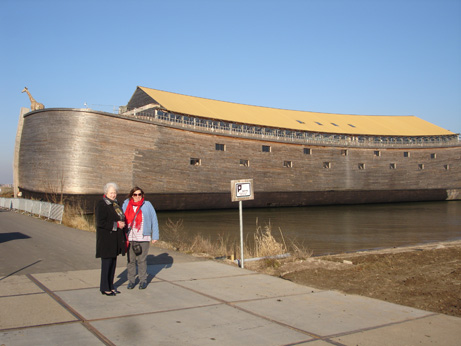 |
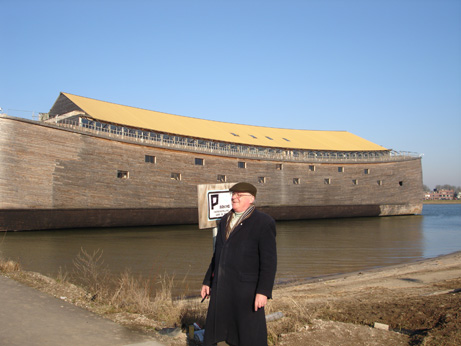 |
| On Monday the 4th March the inquisitive explorers together with their wives boarded a coach and travelled to visit Noah’s Ark which was a replica and had been built by a retired builder, Johan Huiberg, with the Bible as his only guide. | |
| The Ark was made of wood but obviously reinforced with steel and had four floors which when added together created a space longer than a football field. Johan’s dream took him 4 years to build and with an eye for detail it was opened to the public in July 2012. | |
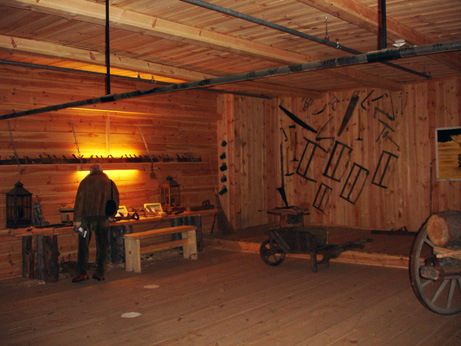 |
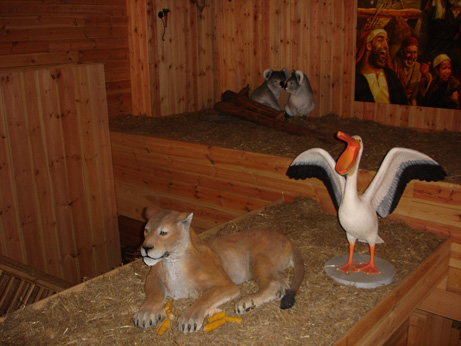 |
| The delightful smell of timber from 12, 000 Scots pine trees from Scandinavia pervaded throughout the Ark and many discussions followed as to whether or not it was myth or fact. | |
| During the tour of the Ark the Guide (who was robed representing son Shem) persuaded our Provincial Grand Master to robe himself in the garments of the period. He was robed as Ham, “the bad boy”, which his wife Lynn thought most appropriate. W. Bro Roger Hansard, Provincial Grand Chaplain of Lincolnshire was robed as Japheth. | |
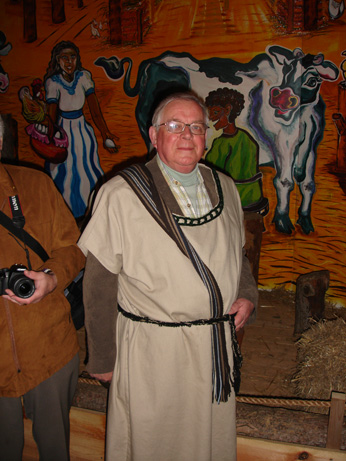 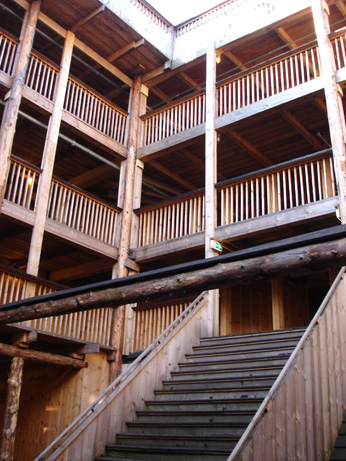 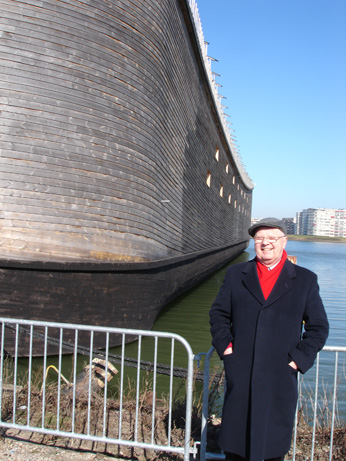 |
|
| Was the Ark seaworthy? Apparently it was. Experiments with scale models had shown that the design of the Ark was not just made up. The scale models perfectly endured violent storms and adverse weather conditions. It would seem that there is a ratio to boat building and nowadays, supertankers are built according to the same length, width and height ratios. This makes the 4000 year old biblical description of the Ark marvellous | |
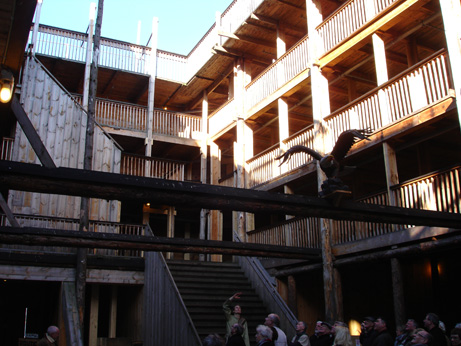 |
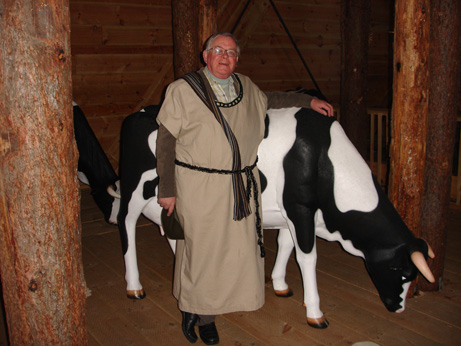 |
| The guide explained that the Ark was originally built in another part of Holland and yes it was floated to its’ present position where it was moored. | |
| He expounded various theories and even explained that the alligators taken on board were mere babies which would not have harmed anyone if they had nipped or bitten. Similarly it was stated that all the animals were of a young age and this was the reason why none attacked each other. | |
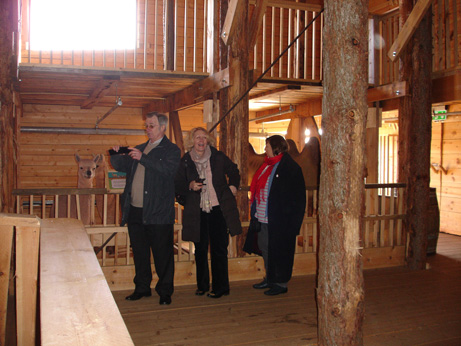 |
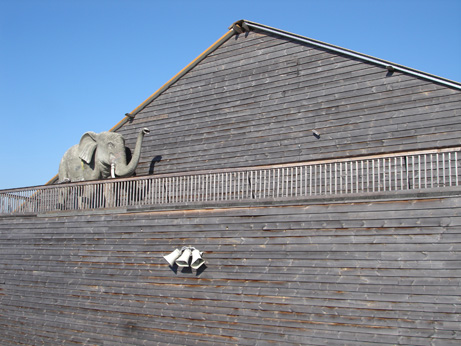 |
| It was further explained that all animals as we know it today were not on the Ark but of course developed from future evolution over the period of time. He expounded the theory that Noah’s three sons Shem, Japheth and Ham with their wives were subsequently forefathers of Palestine, Israel and Egypt. | |
| Although there were some live animals in the Ark most of them were made of plastic but after spending some two hours in the Ark our intrepid pair found themselves in the café on the top deck. As there was no central heating in those days the heating in the café was most welcome. | |
| After huddling around the gas blower to restore warmth to the limbs further exploration of the Ark continued and photographs were taken. It was an interesting concept and after much pondering the party left the Ark. | |
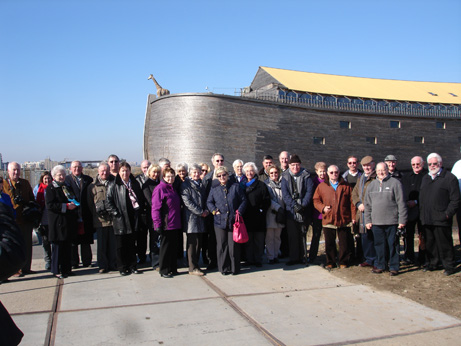 |
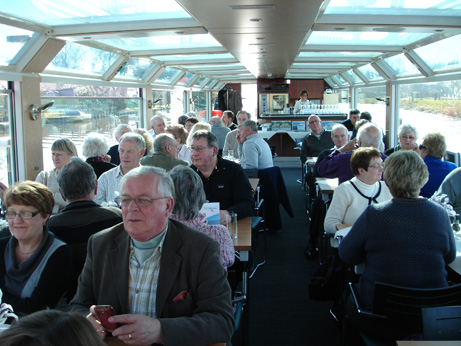 |
| The group then boarded an electric powered glass barge which could raise or lower itself in the water to get under the bridges. It did this by pumping water into the bilges and by pumping it out when it needed to raise its level. The cruise down the canals lasted for 2 hours and enabled the party to see various aspects of Dutch country life with many random windmills. | |
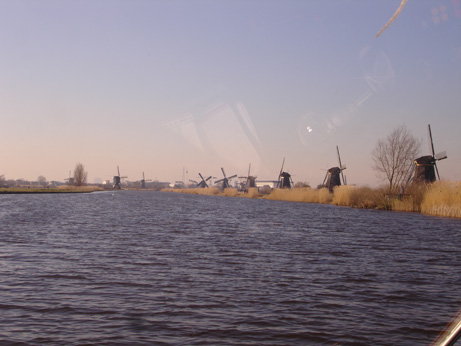 |
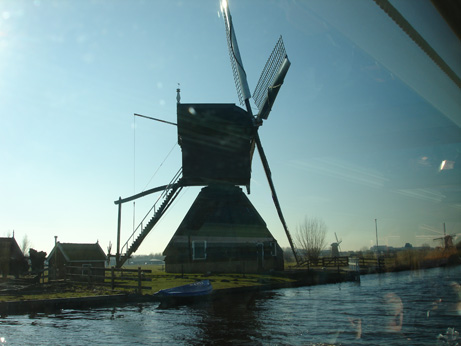 |
| At the end of the cruise 19 windmills could be seen in close proximity to each other, like a community in which families resided; all black and built from 1837 to 1850. These were constructed to pump water from dykes to rivers and vice versa. An amazing engineering feat to stop reclaimed agricultural land from flooding, it all being below the natural water level. The sails had cloth coverings over them when working. The position of the sails at rest indicated family events e.g. funerals, christenings etc. The parking position of the sails also indicated whether they were of a Catholic or other Christian faith. | |
| After a further memorable dinner with the Brethren from Lincolnshire our intrepid pair left Hull the following morning and returned to Lancashire, after what had been an intriguing and unforgettable experience. | |
| The Ark can be viewed on www.arkofnoah.org and is well worth a visit. | |
| Article and Photographs Courtesy of Geoff Lee | |
